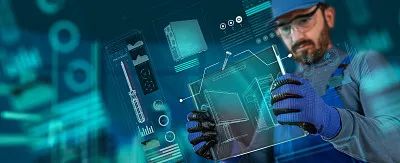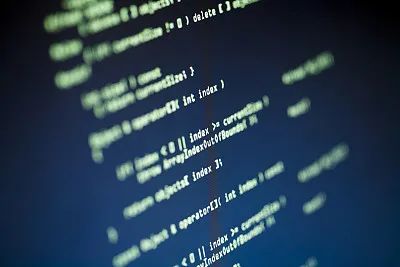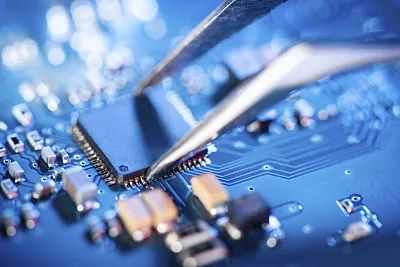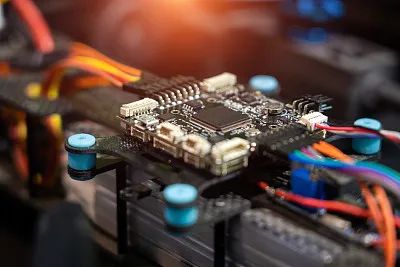
For those who are still learning about embedded systems, you may feel confused about what to study and how to start learning. Today, I have compiled a set of learning plans for embedded systems, and this article will cover everything you need to know.

1. Master Programming Languages:
1) First, delve deep into C and C++ languages, as they are widely used in embedded development.
2) Engage in extensive programming practice, starting with simple programs and gradually increasing the difficulty, such as implementing data structures (linked lists, stacks, queues, etc.) and algorithms (sorting, searching, etc.).

2. Learn the Basics of Electronic Circuits:
1) Understand basic circuit components (resistors, capacitors, inductors, etc.), circuit laws (Ohm’s Law, Kirchhoff’s Laws, etc.), and the concepts of analog and digital circuits.
2) If necessary, you can build and test some simple circuits to deepen your understanding of circuit principles.

3. Familiarize Yourself with Microcontrollers and Microprocessors:
1) Choose a common microcontroller (such as STM32) or microprocessor (such as ARM series) for learning. Understand its architecture, registers, instruction set, storage structure, etc.
2) Learn how to configure and use various functional modules of the microcontroller, such as GPIO, timers, serial communication, etc.
1. Set Up the Development Environment:
1) Install the corresponding development tools based on your chosen microcontroller or microprocessor, such as Keil, IAR, Arduino IDE, etc.
2) Learn how to create projects, write code, compile, debug, and download programs to the target hardware.
2. Do Small Projects:
1) Start with simple projects, such as controlling LED blinking, reading sensor data, and displaying it.
2) During the implementation of the project, you will encounter various problems. By solving these problems, you will continuously improve your practical development skills.

1. Operating Systems:
1) Learn about embedded operating systems, such as FreeRTOS. Understand the principles of operating systems, task scheduling, memory management, interrupt handling, etc.
2) Apply the operating system in practical projects to improve system stability and reliability while facilitating multi-task development.
2. Communication Protocols:
1) Master common communication protocols, such as UART, SPI, I2C, CAN, Ethernet, etc. Understand the working principles and programming methods of these protocols.
2) Develop and debug communication modules, such as serial communication and network communication.
3. Hardware Design:
1) Learn PCB design software (such as Altium Designer, KiCad, etc.) and understand the process and specifications of hardware design.
2) Try to design some simple hardware circuits, such as expansion boards and sensor modules, and integrate them with your embedded projects.

1. Join a Professional Learning Team:
1) Follow experts and bloggers in the embedded field, read their articles and experience sharing, and stay updated with the latest technological trends and developments. Alternatively, follow some courses for more efficient learning of the latest technologies.
2. Attend Training and Seminars:
1) Attend some offline or online embedded training courses to systematically learn specific technologies and knowledge.